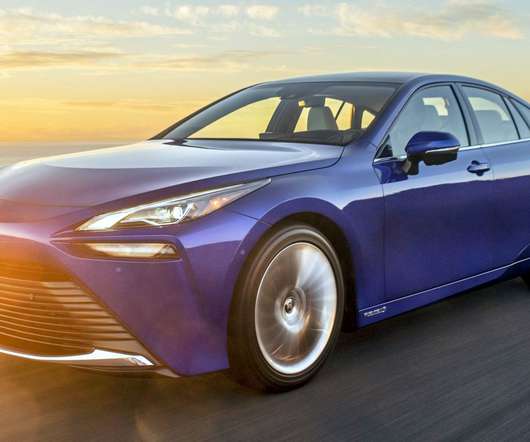VW’s 1.0 TSI in the new up! GTI wins International Engine of the Year 2018 award in its category; Euro 6d-TEMP
Green Car Congress
JUNE 6, 2018
The 85 kW / 115 PS gasoline-fired engine is the first of its kind to be combined with a four-way catalytic converter and installed in the up! It also comes with a gasoline particulate filter. With a pressure of 350 bar (high for a gasoline engine), the fuel mixture is injected directly into the combustion chambers.































Let's personalize your content